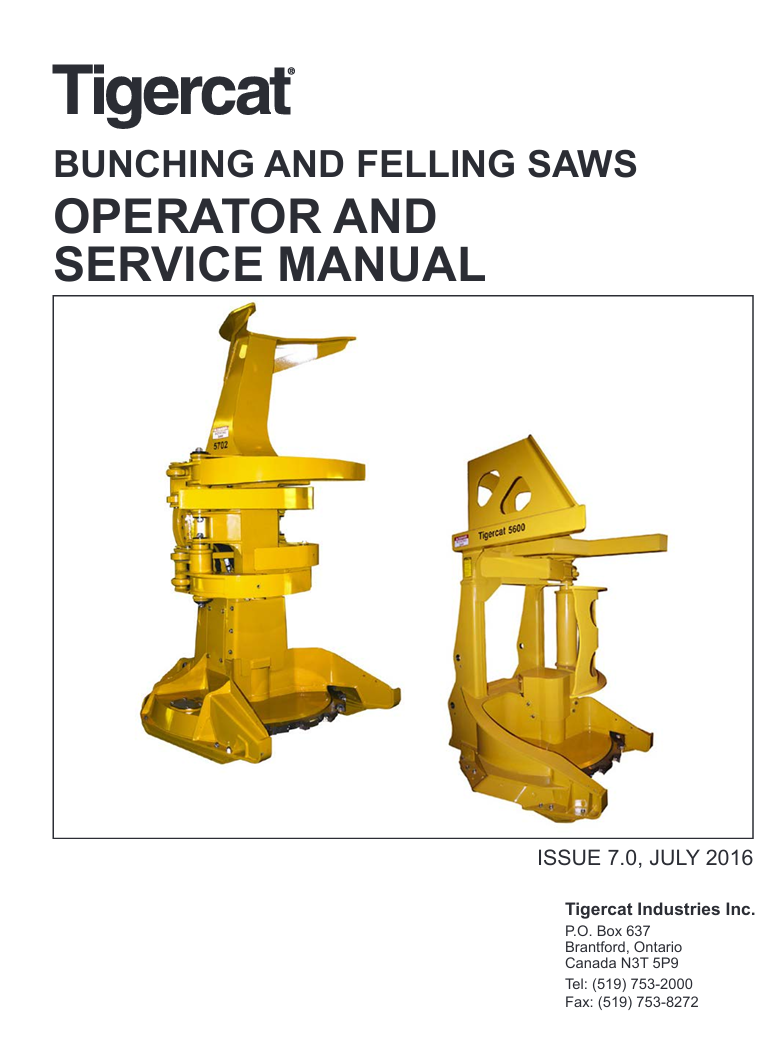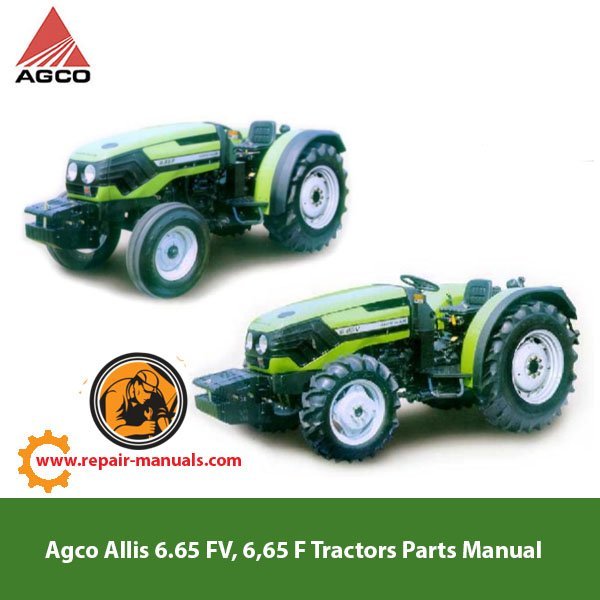| Package include | Tigercat Bunchinng & Felling Sawas Operator’s & Service Repair Manual |
| Language | English |
| File Format | |
| Total Number of pages | 208 |
| Publication Number | ISSUE 7.0, JULY 2016 |
| Compatible | Windows system / Mac system / Android / IOS / Chrome OS / Any device capable of opening a PDF file |
| Additional Requirement | User must have any software that can open the pdf format |
| Shipping Policy | All of our products are digital and hence supplied immediately upon purchase. Once your purchase is complete, you will have immediate access to the product via a download link |
| Download Size | Total download size: 34 MB |
| Compatible Machine Models | Tigercat Bunchinng & Felling Sawas |
| Sample Preview Yes | Before purchasing the entire pdf handbook, please get sample preview of this pdf manual and ensure it is suitable with your model |
| Sample Preview Link | DOWNLOAD SAMPLE PREVIEW |
What is Tigercat Bunching?
Tigercat bunching represents a significant innovation in the field of forestry equipment, optimizing the process of tree gathering and preparation for processing. This method fundamentally revolves around specialized machinery designed by Tigercat, a leading name in the forestry industry. The essence of Tigercat bunching lies in its efficient design and functionality, enabling operators to collect multiple trees in a single pass effectively.
The primary equipment involved in this process is the Tigercat buncher, a machine that is engineered to navigate diverse terrains while efficiently gathering trees. These machines are equipped with advanced technology, including robust grappling arms and cutting blades that allow for seamless tree felling and collection. The extraction process enhances productivity, minimizing the amount of time and labor needed to gather materials. Additionally, these machines incorporate features like high-performance hydraulic systems and precise control mechanisms, ensuring that the bunching operations are both effective and safe.
The operational benefits of utilizing Tigercat bunchers extend beyond increased efficiency. They facilitate better forest management practices by allowing for selective logging, which aids in maintaining the ecological balance within the forest. Furthermore, the use of this equipment can reduce soil disturbance and promote faster regrowth of trees, addressing critical environmental concerns associated with traditional logging methods. By employing advanced mechanization in forestry, Tigercat bunching serves both economic and ecological objectives, representing a step forward in sustainable forestry practices.
In summary, Tigercat bunching is a pivotal development in forestry equipment, characterized by its innovative technology and operational advantages. This practice not only streamlines the tree gathering process but also aligns with environmentally responsible forest management strategies.
Advantages of Using Tigercat Bunching in Forestry Operations
The adoption of Tigercat bunching technology in forestry operations presents a plethora of advantages that significantly enhance the efficiency and sustainability of logging processes. One of the foremost benefits is the remarkable increase in operational efficiency. Tigercat bunchers are specifically designed to handle multiple trees simultaneously, thereby expediting the logging process. This capability not only reduces the time taken to complete tasks but also maximizes productivity, allowing forestry companies to achieve their objectives within tighter schedules.
Moreover, the use of Tigercat bunching technology can lead to a considerable reduction in labor costs. With the automation and advanced features integrated into Tigercat machinery, fewer operators are required to accomplish the same amount of work compared to traditional logging methods. This efficiency minimizes workforce-related expenses while also decreasing the physical strain on machine operators, contributing to improved workplace safety and morale.
Navigating challenging terrains is another domain where Tigercat bunching excels. The equipment’s robust design and superior maneuverability make it suitable for various environments, including steep slopes and dense forests. As a result, forestry operations can be conducted in areas that were previously deemed inaccessible, leading to enhanced resource extraction capabilities and the ability to process timber more effectively.
In terms of sustainability, Tigercat bunching practices are designed to minimize forest damage during operations. By grouping trees and reducing the need for extensive clearing, this method helps maintain ecological balance and preserves the surrounding environment. Notably, case studies have demonstrated the effectiveness of Tigercat bunching in reducing soil compaction and protecting biodiversity. These practices not only benefit the environment but also enhance the reputation of forestry companies committed to sustainable operations.
In conclusion, the advantages of employing Tigercat bunching in forestry operations are multifaceted, encompassing enhanced efficiency, reduced labor costs, effective terrain navigation, and improved sustainability practices. Real-world applications exemplify the capacity of this technology to transform logging for the betterment of the industry and the environment.







